There’s troubling news on the horizon for the summer of 2025: are power cuts really expected in France due to the Linky meter?
Electricity, a necessity for everyone
In France and across the globe, electricity has become essential, indispensable. Essentially, electricity is the movement of electrons through a wire, similar to water flowing through a pipe.
The voltage (volts) propels this flow, while the current (amps) measures how much is passing, and devices use this movement to turn on, heat up, or operate.
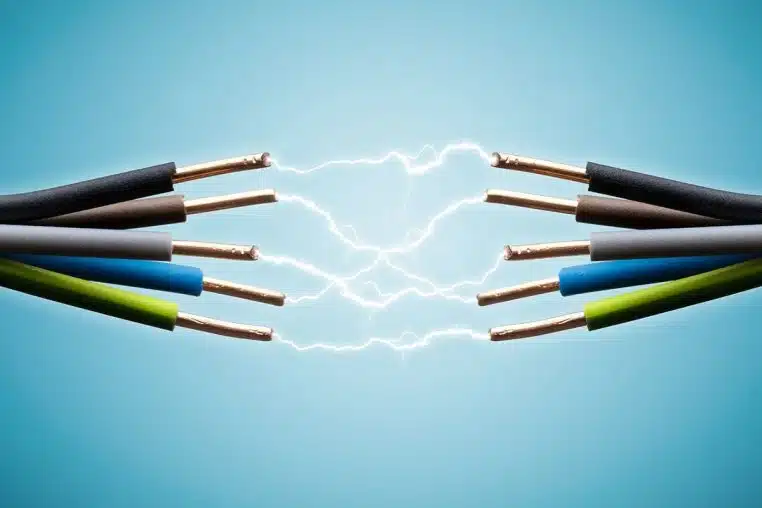
Following electricity, Thomas Edison designed “a device consisting of a bamboo filament burning inside a glass bulb, from which a near-absolute vacuum has been created. This first bulb provides several dozen hours of illumination,” explains the BNF. This was the light bulb.
Today, we use it for everything: lighting, laundry, operating industries, transferring data, cooking, and internet connectivity. It has become a need, an essential. Without electricity, the world would come to a standstill.
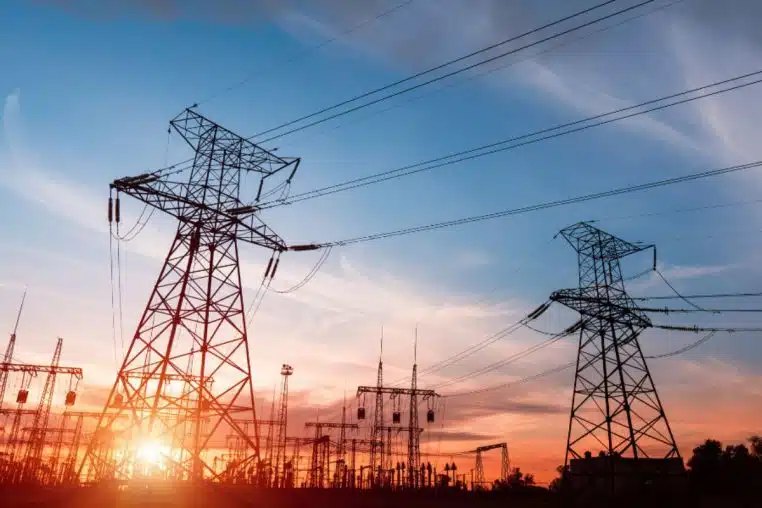
France is the world’s leading electricity exporter
There are several methods to produce electricity. In France, approximately 63% comes from nuclear power. Essentially, nuclear plants are used to split atoms (fission) to release heat that turns turbines.
We produce significantly with nuclear energy, and currently, electricity is one of France’s strong points. While France manufactures and exports many weapons, it has become the largest electricity exporter worldwide.
Apart from nuclear energy, we also use hydropower for about 11%, primarily from water in dams turning turbines. Similarly, wind energy is harnessed in about the same proportion, producing electricity from blades turned by the wind.

Finally, there’s also solar energy captured by panels that absorb sunlight. This accounts for about 5% of our electricity production, along with geothermal and coal sources.
Despite our position as a major electricity exporter, we are not immune to issues within our own electrical grid.
Risks of power cuts in summer or winter
Every year, during winter and summer, the country warns citizens of potential power cuts. In reality, the risk of outages is low, but it remains present due to power surges during these periods.
In winter, there is a higher use of electricity for lighting and heating, increasing the risk of peak demand. In summer, air conditioning, fans, and electrical irrigation systems contribute to this risk, along with heat that can damage certain systems and reduce the efficiency of device charging.
The risks of surges are often analyzed in real-time. While the likelihood remains, France is prepared for this possibility.

Linky meter, an investment for the better?
To prevent such problems, the Linky meter appears to be a viable solution. The intelligent yellow meter has been rolled out across the country since 2015. France has invested heavily in implementing these meters at no cost to users.
It’s certainly an investment, but what’s the return? There are several objectives with the Linky meter. First, it allows you to monitor your electricity consumption in real time.
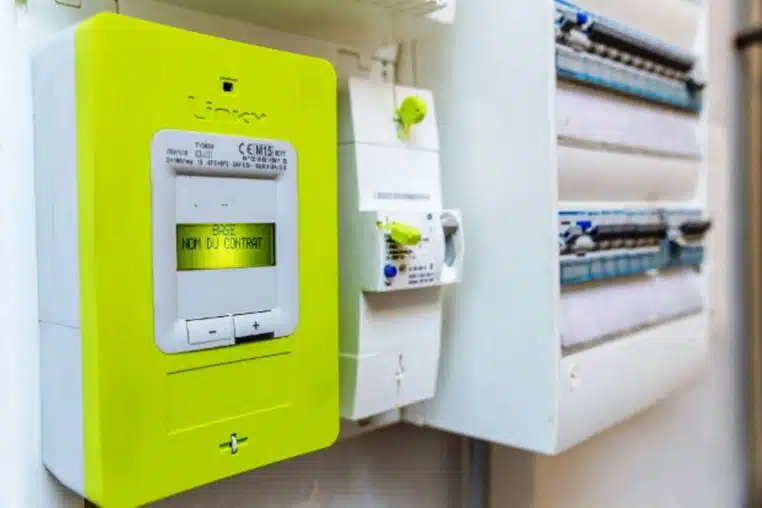
This allows you to track your consumption through your provider, hour by hour. Consequently, you can adjust your usage. For instance, if you notice your consumption spikes at a certain hour, you can deduce which appliance may be malfunctioning or consuming too much electricity.
For the government, this is significant as it not only helps to save energy, which can be stored in cases of emergencies or sold, but also aids in reducing power surges.
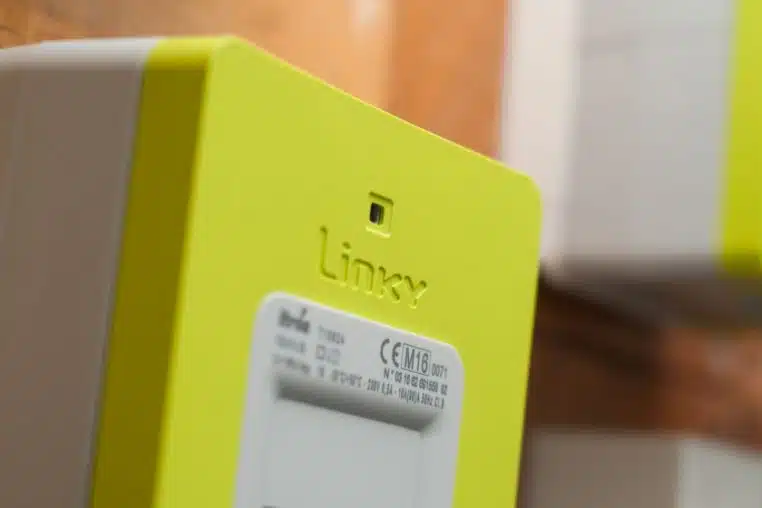
The government is keen to mainstream the Linky meter, which is why there are additional charges for those who refuse installation. There are other reasons too.
The Linky also facilitates real-time transmission of your consumption data to the network manager Enedis and your supplier. This allows them to detect anomalies remotely and carry out remote troubleshooting.

A highly criticized smart meter
However, there are several drawbacks. On the other hand, some users dislike the Linky meter. Among the reasons cited are concerns regarding privacy. For some, the sharing of their consumption data with Enedis or the provider feels very intrusive.
Meanwhile, some users are convinced the meter is dangerous due to electromagnetic emissions or potential fire hazards.

Also, according to a study, 56% of French citizens pay too much for their electricity. This factor complicates the situation. This could result from a overestimation of energy requirements, or rather the meter’s capacity (3 kVa, 6 kVa, or 9 kVa).
Recently, a rumor was circulating regarding the Linky meter. It suggested that the government might implement a generalized consumption cap for all French citizens.
This would involve using the meter to reduce household energy capacity. This prospect sparked significant reactions, even though there is no evidence to support its validity.

A risk of electricity shortage?
These surge risks are also closely linked to other issues, such as the electricity shortage during peak periods, like winter and summer.
This winter (2024-2025) posed a slight risk of power cuts, and the same concern appears to apply for summer.
According to Elon Musk, the CEO of Tesla and SpaceX, the risk of electrical shortages is indeed real, even for an exporting country like France.
“The growing demand for electricity cannot be met by current production means, which could lead to a major energy crisis by 2025,” was stated in an article on this topic.
Elon Musk “noted that electric mobility and AI generate excessive electricity demand that greatly exceeds current production capacities worldwide,” was added.
It’s no wonder that Elon Musk is now attempting to create a type of solar energy sphere capable of capturing sunlight continuously. According to him, this innovation could provide energy for all of humanity.
Power cuts for Linky critics?
This summer of 2025, the risk of outages is a hot topic. While electricity prices might decrease in France, there could be some power cuts during the hot season, but not for the reasons you might think.
As mentioned earlier, the Linky meter is being widely promoted and is almost becoming mandatory. Those refusing its installation will incur extra costs starting this year, 2025.

However, even worse: households that refuse its installation could risk being cut off from electricity. According to Selecta expert, “in the UK, households refusing the installation of a smart electricity meter (an equivalent to Linky) risk cuts starting from June 30, 2025.”
It is suggested that users could face interruptions to “heating and hot water”, impacting around 600,000 British households.
According to the site, the Radio Teleswitch Service (RTS) meters, introduced in the 1980s, are becoming obsolete in the UK and are being phased out. “The definitive date of June 30, 2025, was confirmed only in January 2025,” it has been reported.
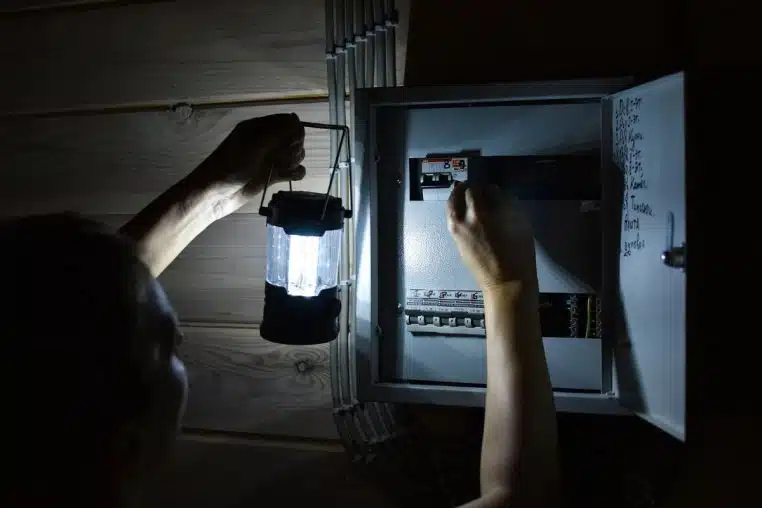
“According to Ofgem, the British energy regulator, there are currently about 600,000 active RTS meters in the UK, with 165,000 in Scotland,” added the electricity expert.
The discontinuation of these meters could directly impact users who do not have an equivalent of Linky in the UK. “The heating and hot water systems could either become stuck in continuous operation, leading to soaring costs, or fail to activate altogether,” it reads.

Additional charges if installation is refused
Currently, in France, no such issues have been announced. However, as mentioned, you will have to pay additional fees if you refuse Linky.
According to Enedis, “since January 1, 2023, reading fees apply to customers without a Linky meter who haven’t submitted a self-reading of consumption in the last 12 months.”
“These fees amount to 10.20 euros excluding VAT every two months and will cease if a Linky meter is installed,” it is also stated.
“From August 1, 2025, customers not equipped with a Linky meter who have not requested the replacement of their old meter will be charged every two months,” adds the manager.
These individuals will incur a “fixed tariff component dedicated to the specific management of old meters (the applicable rate as of August 1, 2025 is 6.48 euros excluding VAT). ”
Additionally, “additional reading fees specifically apply in cases where consumption data hasn’t been transmitted to Enedis for over a year (the applicable rate as of August 1, 2025 is 4.14 euros excluding VAT)”, according to Enedis.







